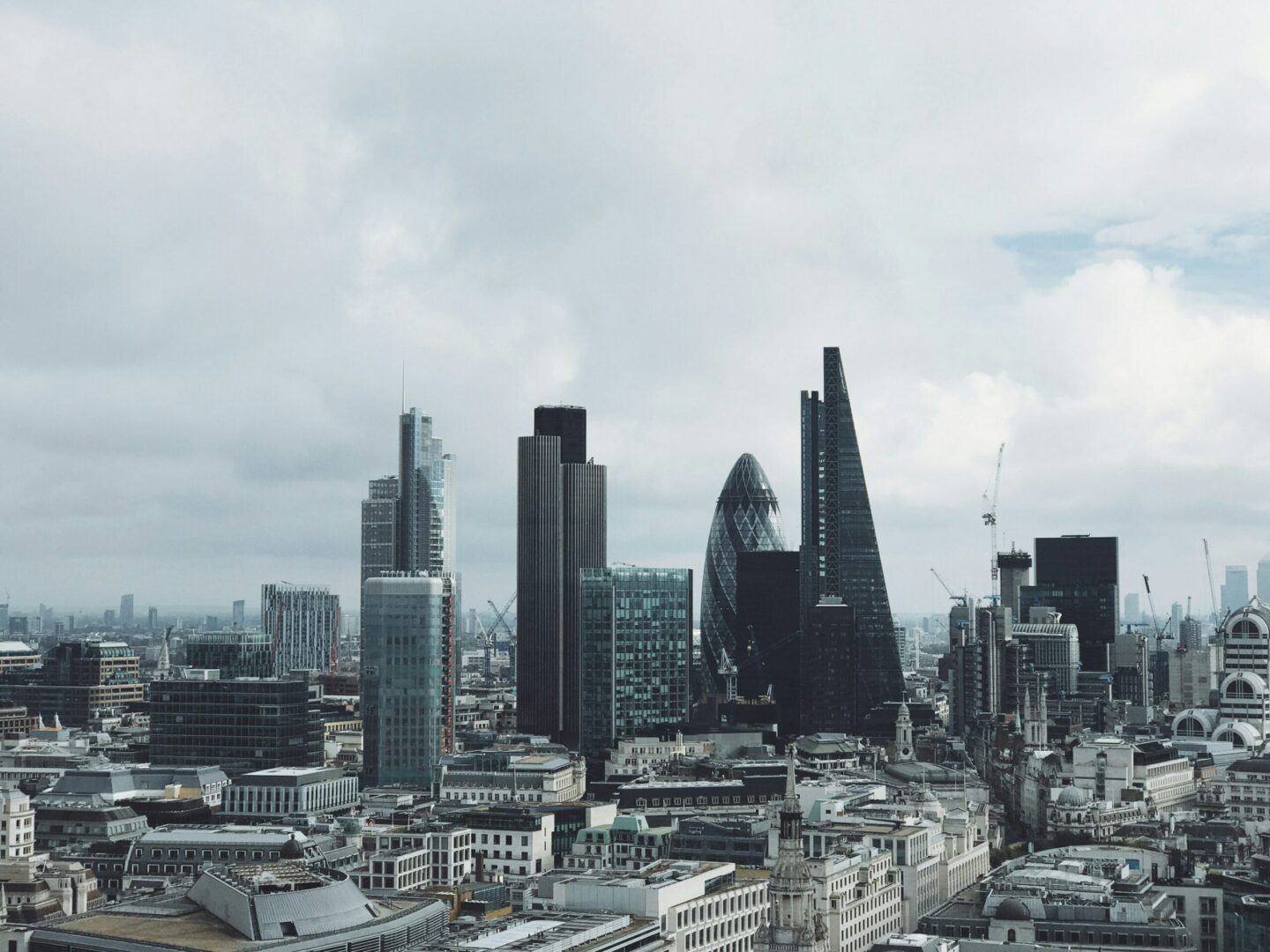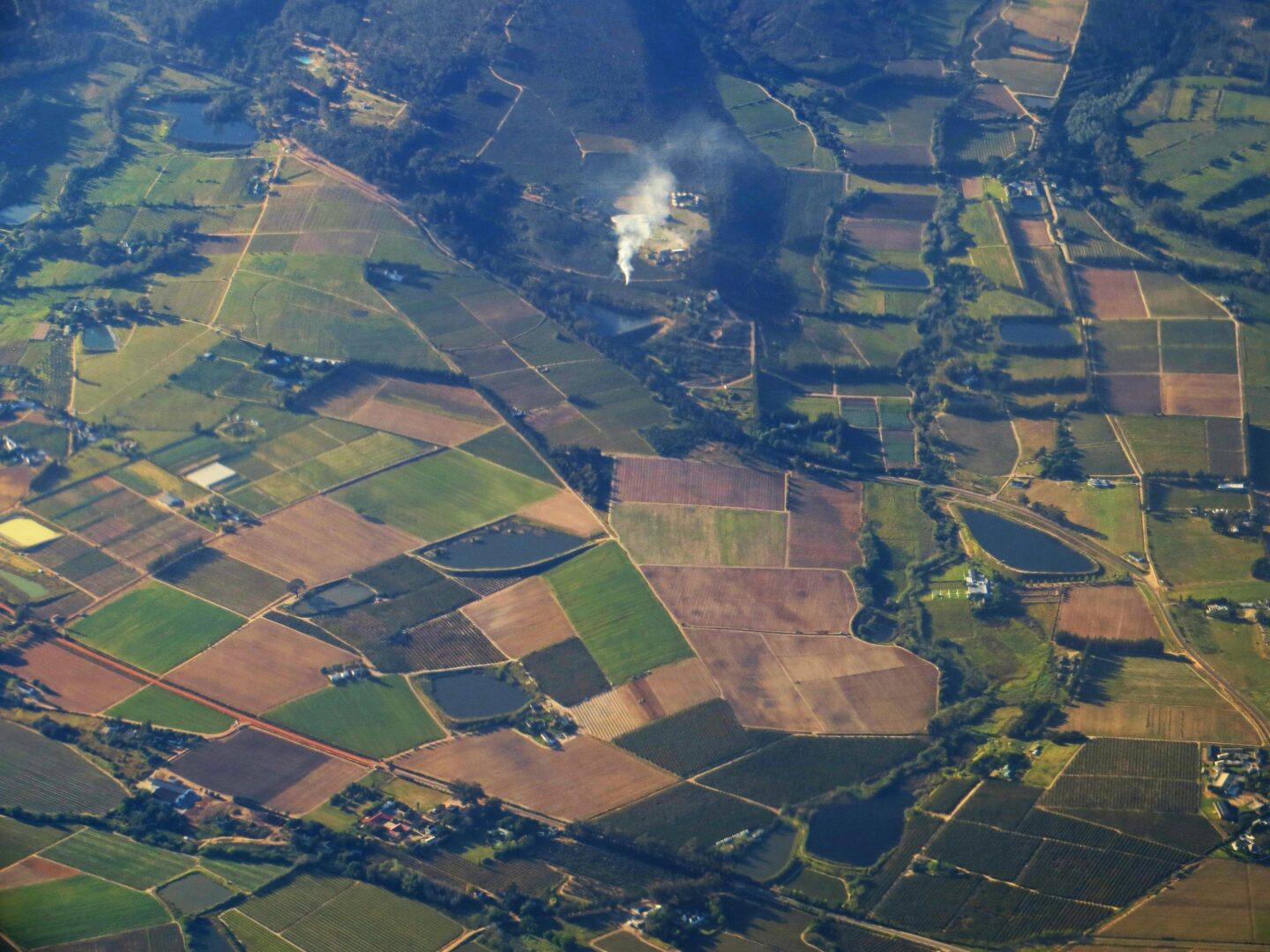Land Remediation Relief (LRR) is a valuable tax relief available to companies that incur costs in cleaning up contaminated land or buildings. In this blog post, we’ll take a closer look at what LRR is, what types of contamination are covered, who can claim, and what are the key considerations to keep in mind when making an LRR claim. By the end of this post, you’ll have a better understanding of LRR and how it can help your business reduce its tax liabilities and manage environmental risks.
What is the Land Remediation Relief (LRR)?
Land remediation relief is an enhanced relief allowable against the cost of cleaning up contaminated land. Available to companies with corporation tax liabilities, unlike plant and machinery allowances, land remediation relief is also available not only to investors or owner occupiers but also, developers.
Land remediation relief provides £1.50 relief against corporation tax for every £1 incurred in clearing up contaminated land. If creating a taxable loss then, 24% of the cost (16% of the relief) can be surrendered for a cash credit. YOU GET CASH BACK FROM HMRC!!!
What is Contamination?
Land and building are deemed to be ‘contaminated’ if, as a result of industrial activity there is contamination present which could cause ‘relevant harm’.
This includes the removal of contaminated soil and water, the treatment of harmful organisms, the removal of natural contaminants (for example, radon and arsenic), the removal of buried structures, and the removal and treatment of invasive plants (such as Japanese Knotweed). Relief is also available for the removal of asbestos from buildings including foundations and redundant services.
Is there any reason I cannot claim?
In most cases, claiming LRR is acceptable. However, as with everything in tax there are some rules to follow. For example
- The claimant must not be the contaminator.
- Market value must have been paid for the asset. If the acquisition cost was discounted to take into account the contamination, LRR is not available.
- The expenditure for the clear up must not be subsidised by a third party.
- You must make the LRR claim within three years of clearing up the contamination.
In conclusion, Land Remediation Relief (LRR) is an essential tax relief that can help companies reduce their tax liabilities and manage environmental risks. LRR provides an attractive tax incentive for companies that incur costs in cleaning up contaminated land or buildings. However, to qualify for LRR, companies must meet certain rules and requirements, such as not being the contaminator, paying market value for the asset, and not receiving third-party subsidies. By working with tax experts such as Wandsworth Consulting who specialise in LRR, companies can ensure they are making the most of this valuable tax relief while mitigating any compliance risks. Overall, LRR is an important tool for businesses to manage their environmental responsibilities while also benefiting from tax savings.



